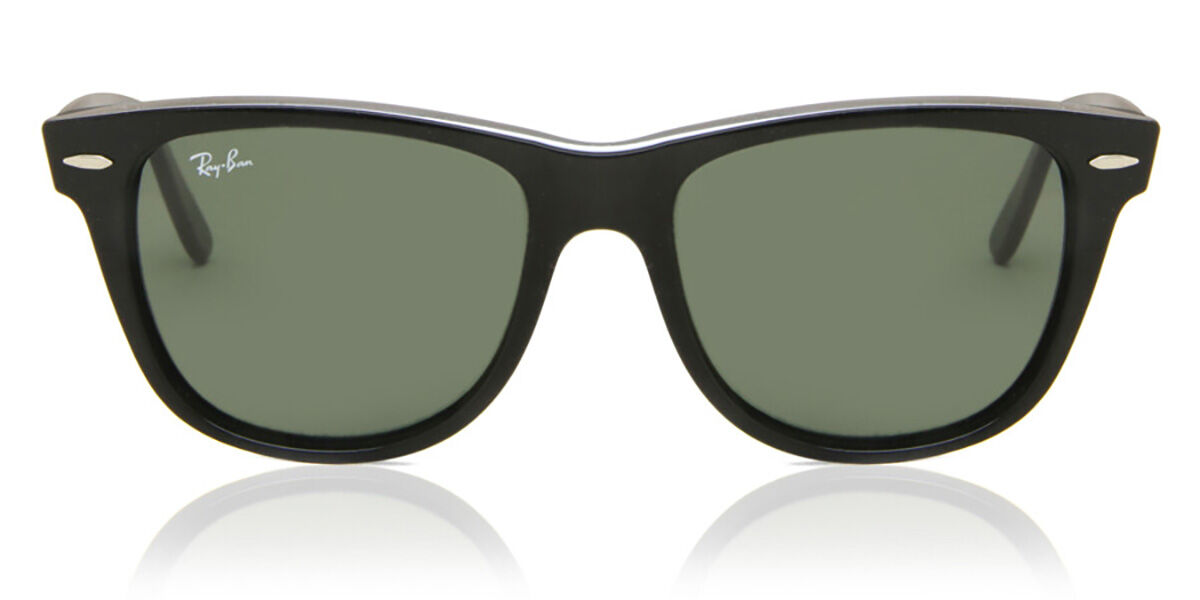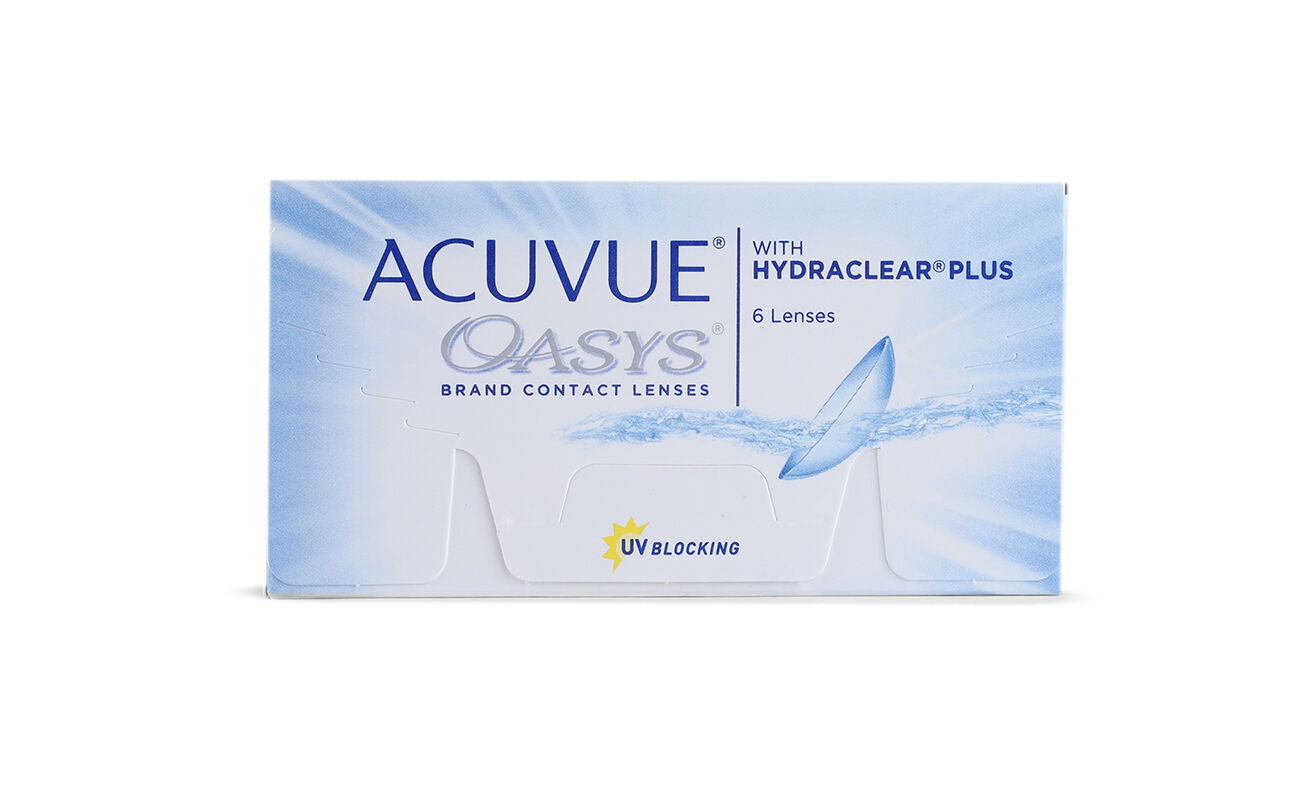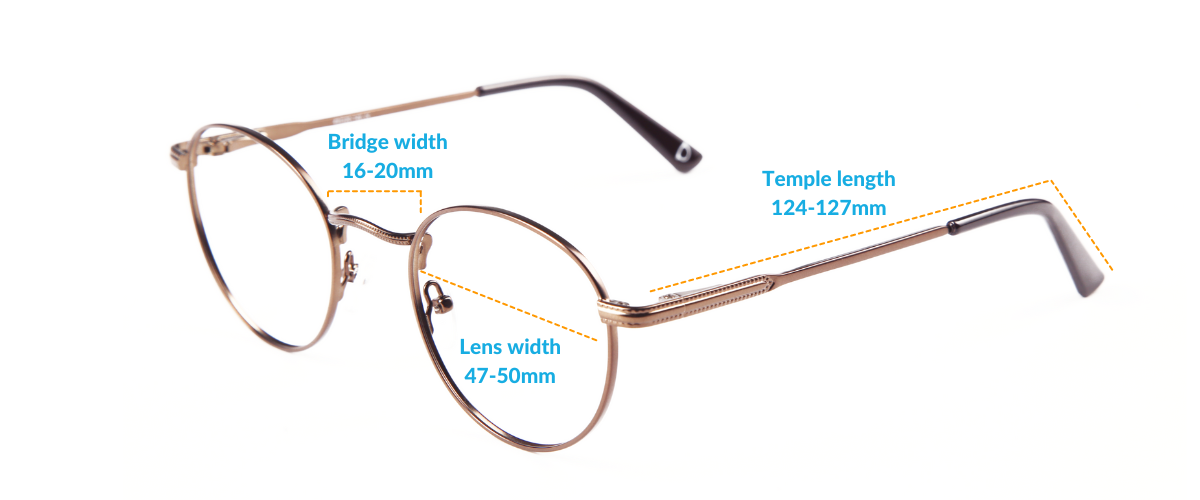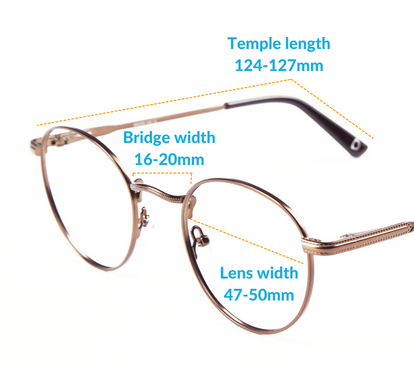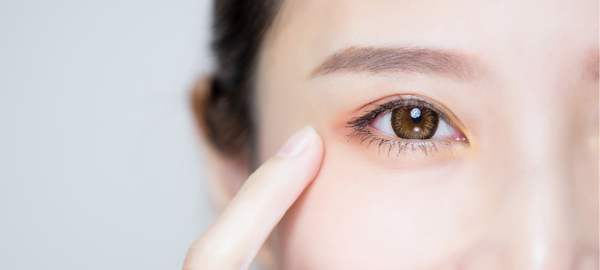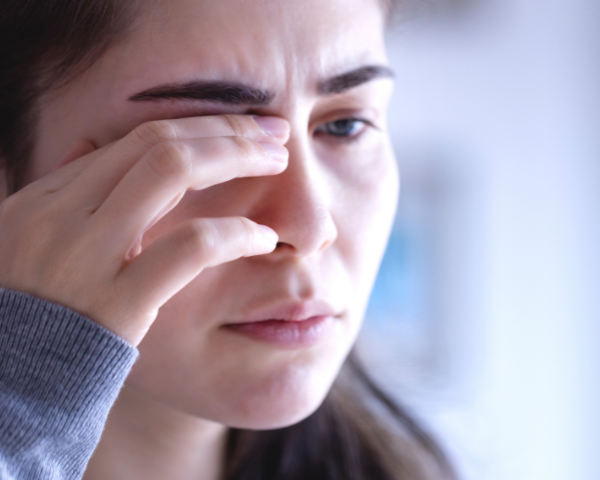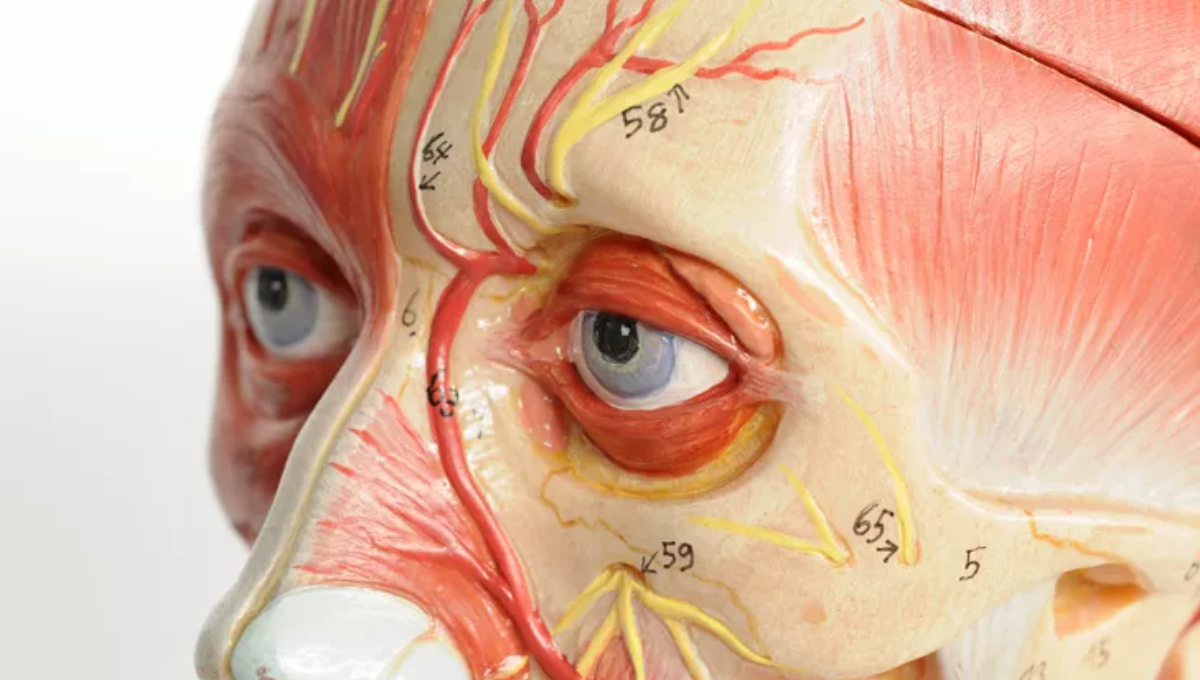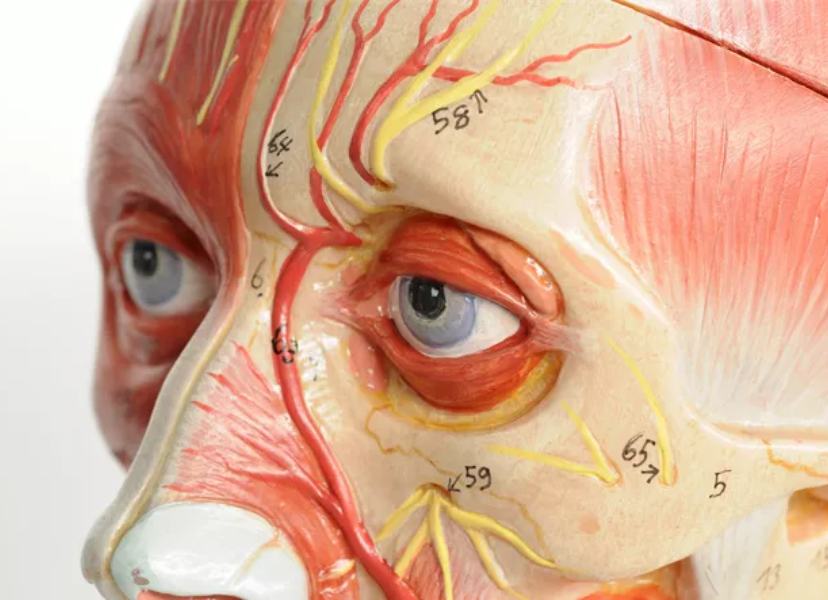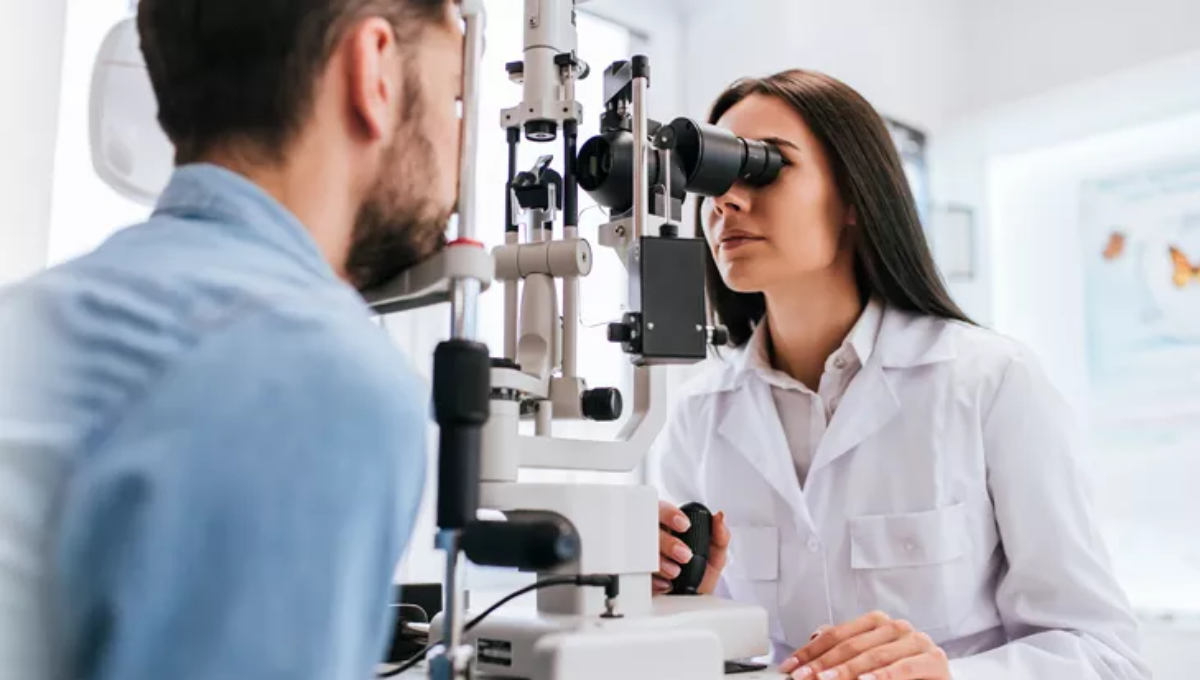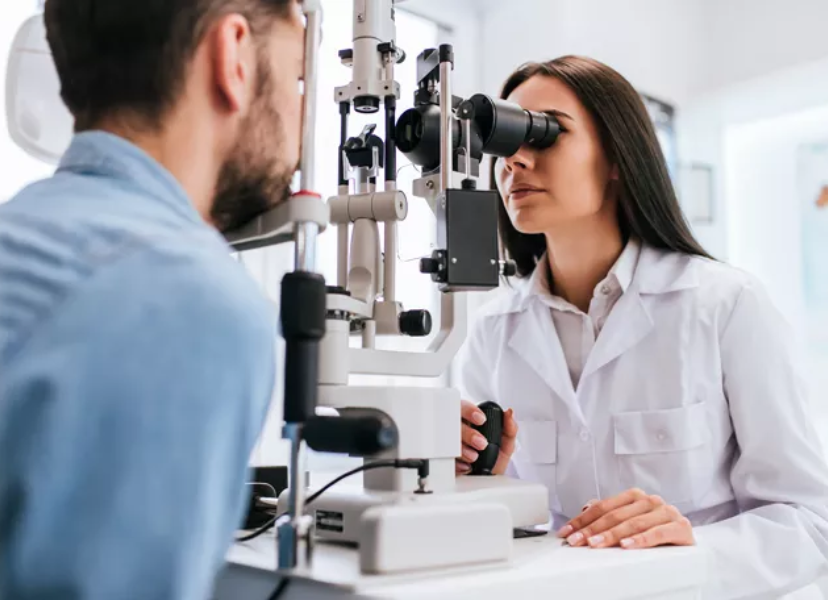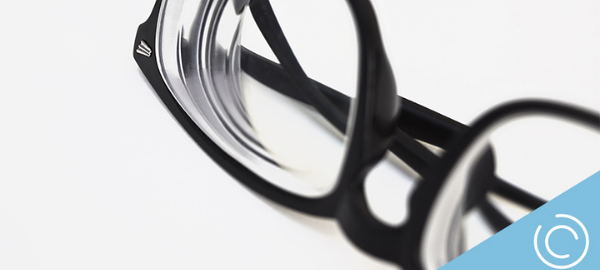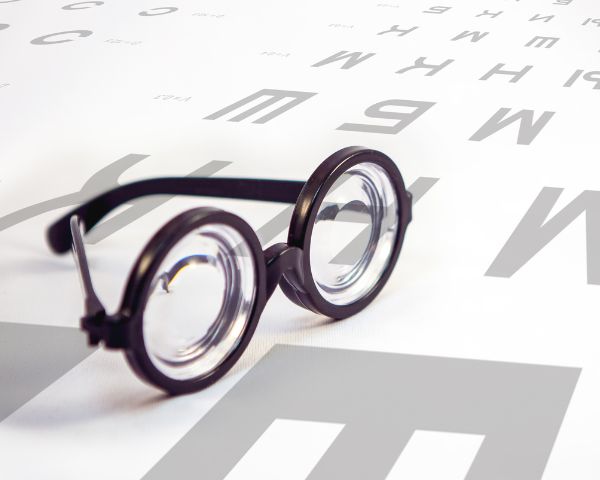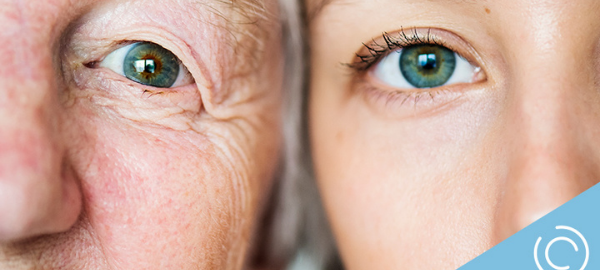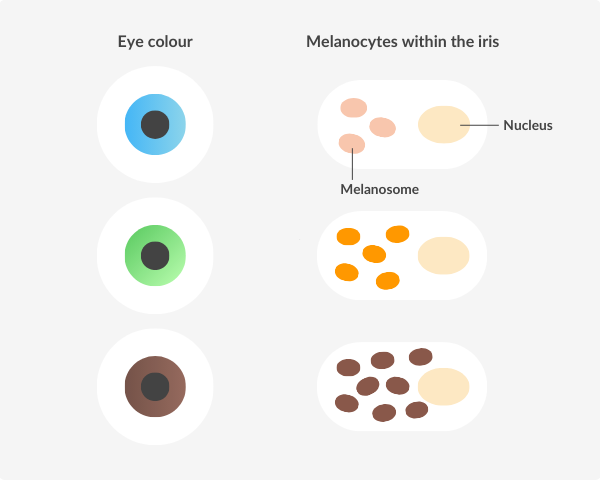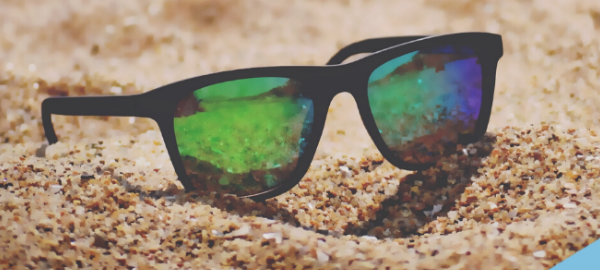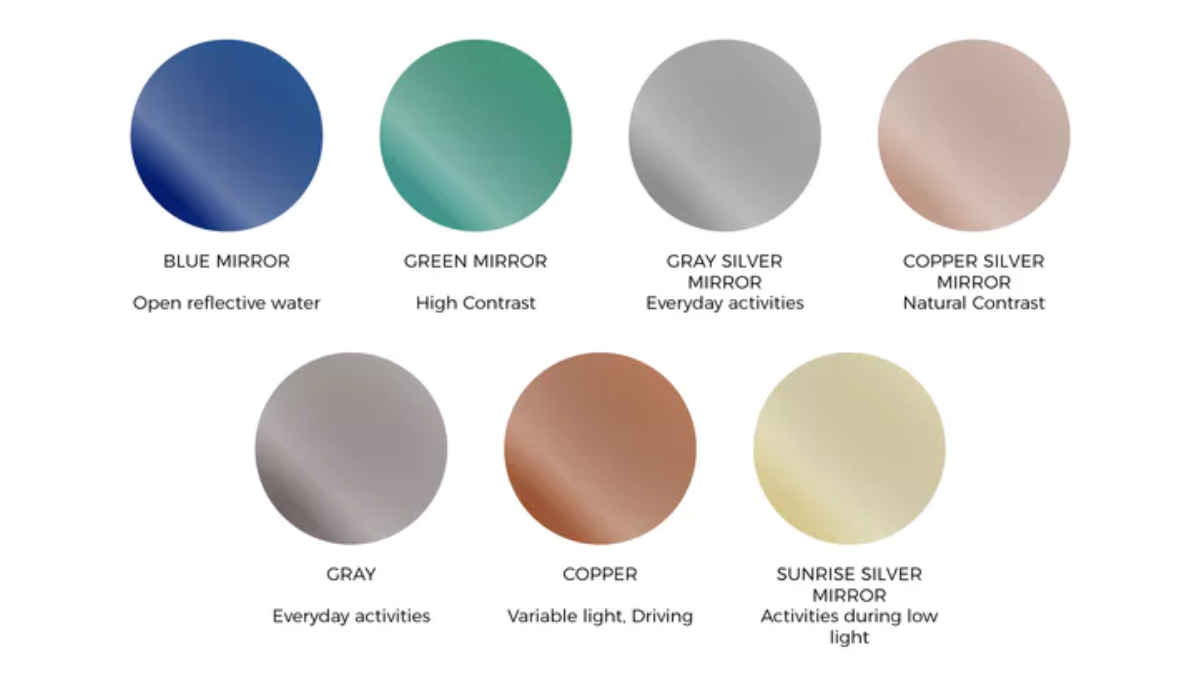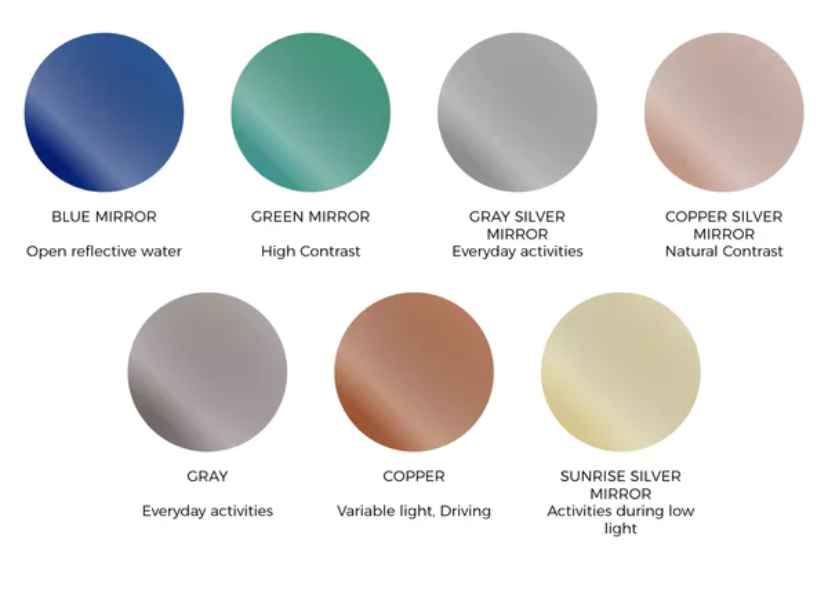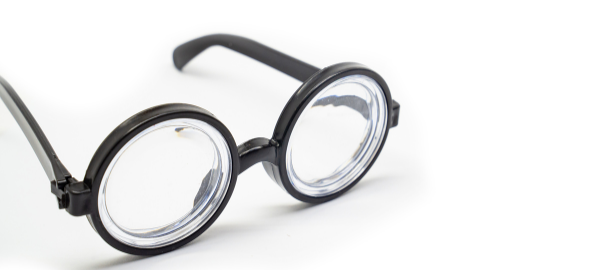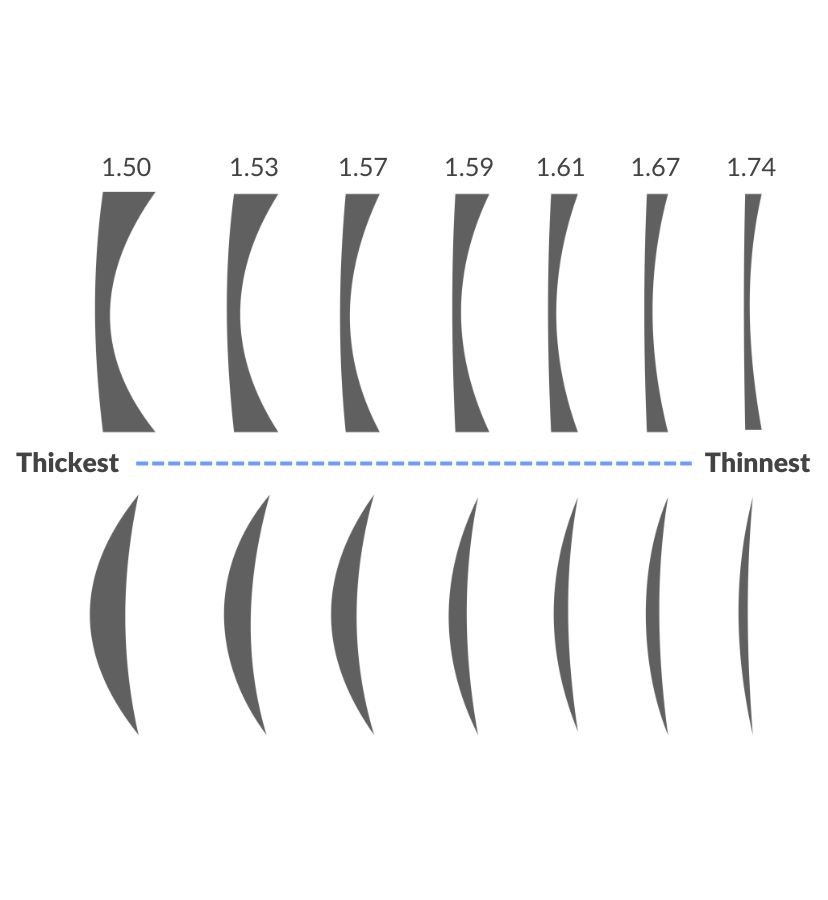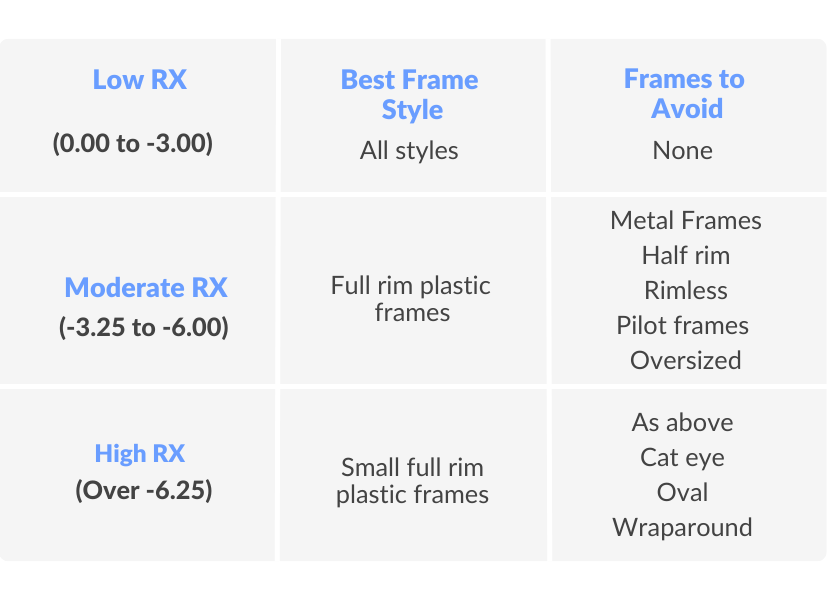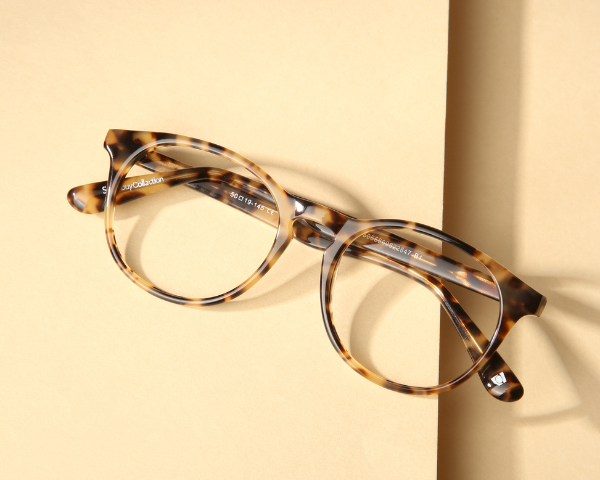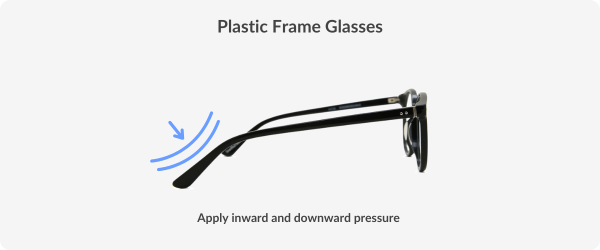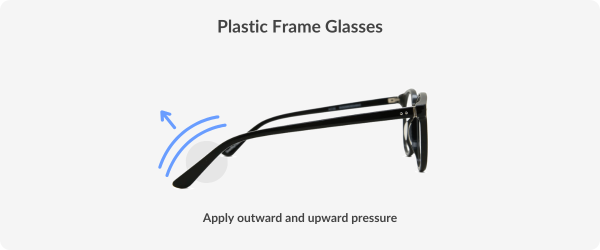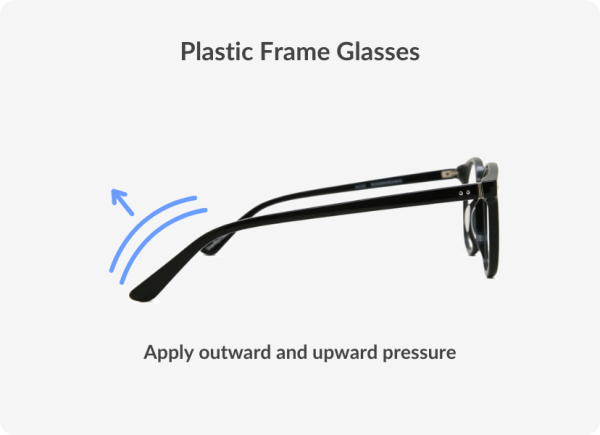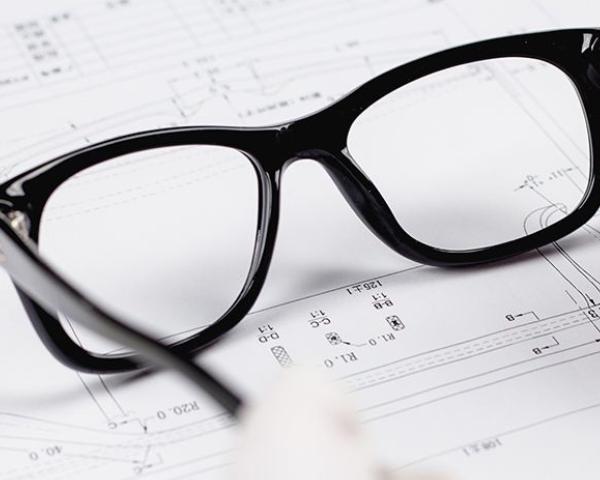
Lens index indicates how thick or thin a lens is. Also known as the index of refraction or refractive index, it is measured by numbers and describes how efficiently a material bends light. High-index lenses allow people with strong prescriptions to wear eyeglasses with thinner lenses.
Read on to learn what high-index lenses exactly are and how they compare to other types of lenses.
What are high-index lenses?
High-index lenses are thin, light, and powerful lenses. Prescription glasses equipped with high-index lenses are noticeably slimmer, more lightweight, and more stylish. That’s why high-index lenses are recommended for people with strong eyeglasses prescriptions.
Typically, those with higher vision correction needs will be forced to wear thicker and bulky conventional glass or plastic lenses that are thicker towards the edges. But with the emergence of high-index materials, the optical industry has been transformed.
Now, strong refractive errors such as myopia, hyperopia, presbyopia, and astigmatism can be corrected with thinner lenses with no compromise on efficacy.
Thanks to high-index lenses, strong prescription glasses can now be sported in stylish, semi-rimless, and even rimless styles. Most high-index lenses are also aspheric, making them slimmer and eliminating the “bug-eye” look to a great extent.
What are high-index lenses made of?
Most high-index lenses are made of a particular type of light plastic that bends light more efficiently than other lens materials. There are also high-index lenses made of glass, but they are recommended or prescribed less often.
Lens thickness chart
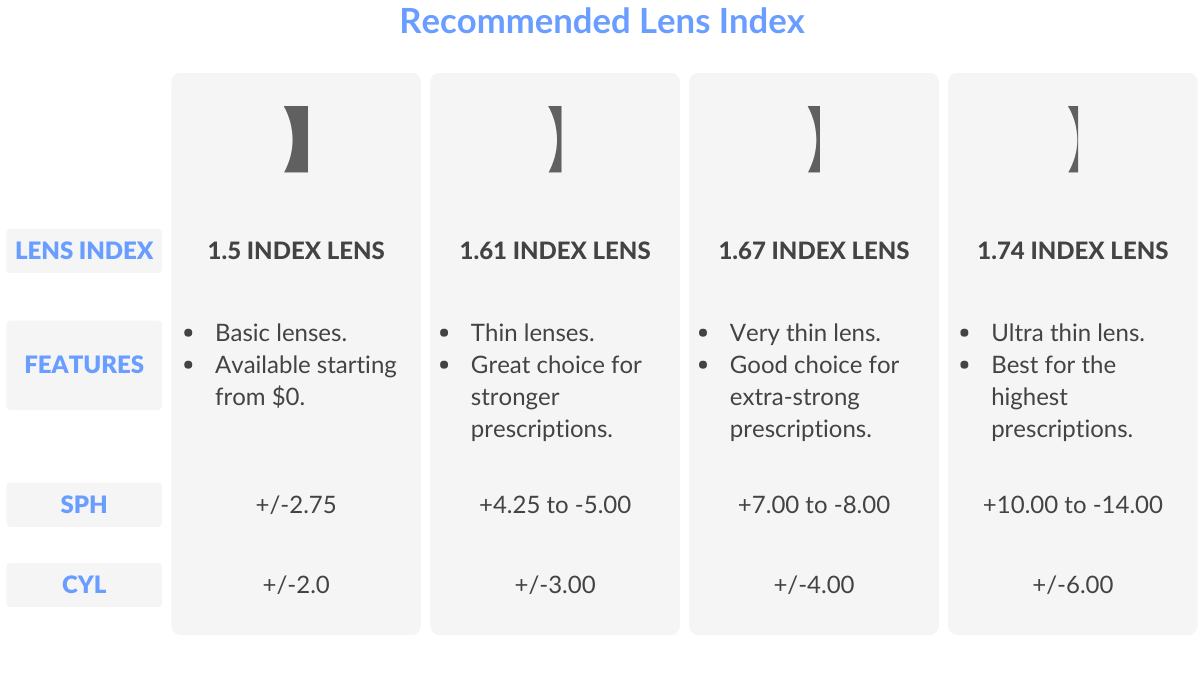
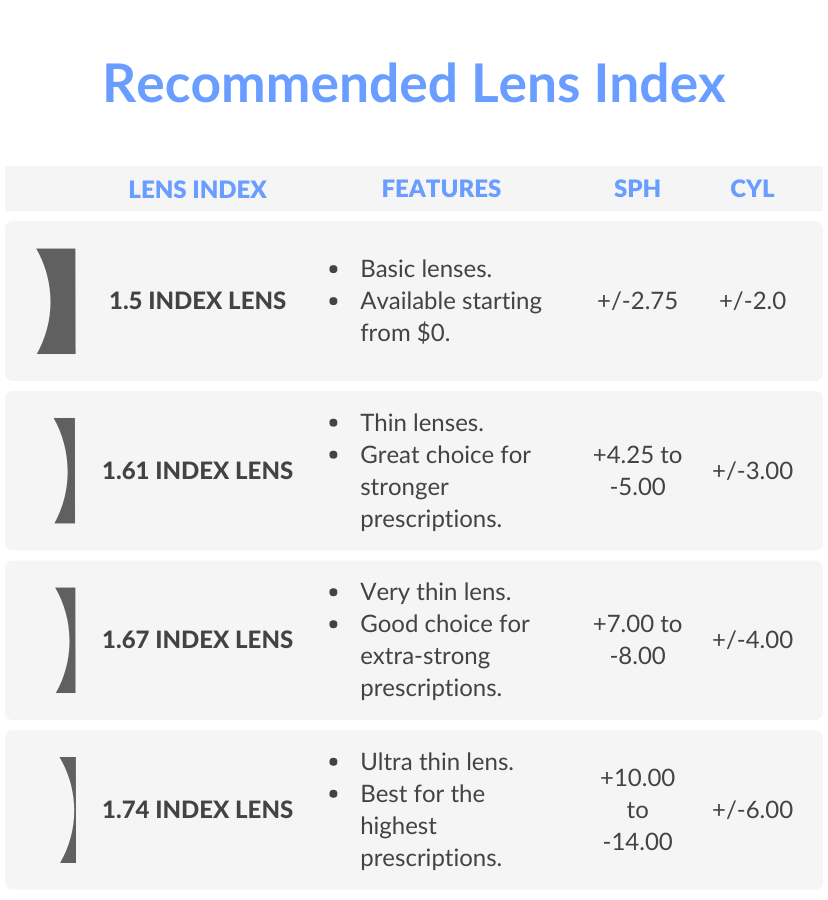
DID YOU KNOW?
The first high index lenses were produced in 1983, made from polycarbonate.
High-index lenses vs. regular
Both regular lenses and high-index ones bend light to correct refractive errors. The difference is that regular lenses have to be thicker to correct strong prescriptions, while high-index lenses are made of a material that makes them lighter and thinner.
In general, the stronger the prescription, the higher the index should be for the glasses to offer comfortable vision and fit. For example, a regular lens with a 1.50 index and a 1.67 high index lens can have the same prescription, but the high index lens would be around 30% thinner.
High-index lenses vs. polycarbonate
Polycarbonate lenses have a 1.59 index, making them thinner than standard lenses but not as much as high-index lenses.
They are also impact-resistant, offering increased durability. In general, polycarbonate lenses are only recommended for children’s glasses, sports eyewear, and safety goggles because they don’t provide the same visual clarity as other plastic lenses.
1.67 vs. 1.74 high-index lenses
Both 1.67 and 1.74 high-index lenses can accommodate strong prescriptions. The difference is in the thickness. 1.74 high-index lenses are up to 10% thinner than 1.67 high-index lenses.
As a reference, 1.67 high-index lenses are recommended for strong prescription with an SPH correction between +/-7.00 and +/-9.00, and a CYL correction between +/-3.25 and +/-4.00.
1.74 high index lenses are known “as thin as possible” lenses and are recommended for even stronger prescriptions with SPH corrections around +/-9.25 and above, and CYL corrections around +/-4.25 and +/-6.00.
They are 35% thinner than the standard lenses. Although they appear thin, they are at the same time strong and will include the features to correct vision problems.
Are high-index lenses worth it?
High-index lenses are the solution for accommodating high prescriptions in thinner lenses. That is not all, though; here are all the advantages of choosing high-index lenses:
- Thinner and lighter than other lenses: the specific plastic blend makes it possible to create thinner and lighter lenses that provide better light refraction than regular ones.
- Versatility: high index lenses can be customized according to your needs and preferences. They can be single vision, progressives, transitions, and can be treated with many coatings such as blue light, polarization, anti-reflective, and more.
- Comfort: because they are lighter and thinner than other types, high-index lenses offer a higher level of comfort. With high-index lenses, your glasses will not be heavy on your ears and nose, making your life easier.
- Great fit for most frames:high index lenses fit thousand of different frames. Always remember that the bigger the frame, the thicker the lens, so opticians recommend smaller frames if you have a strong prescription.
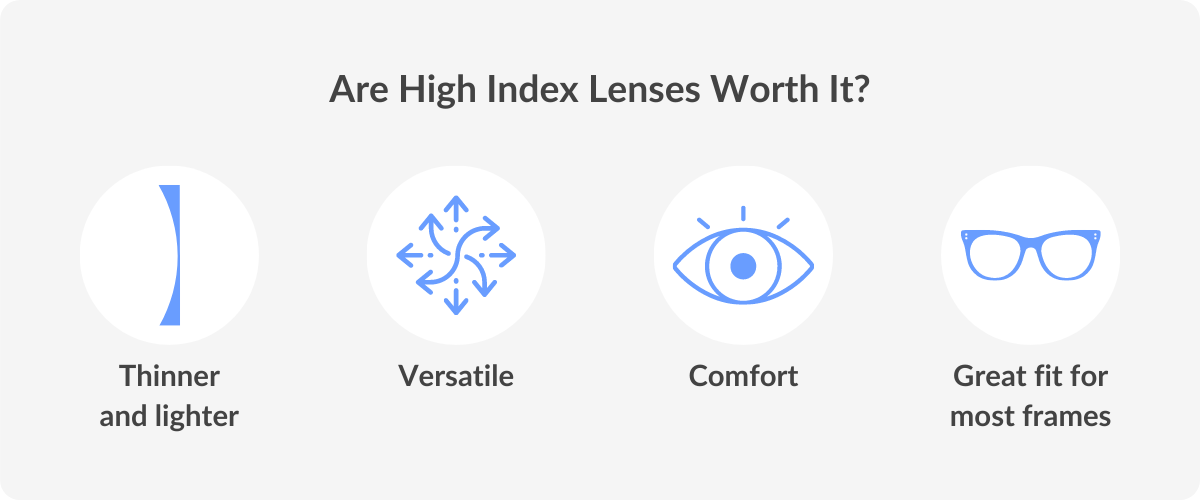
Disadvantages of high-index lenses
- More fragile than other lenses: high index lenses are not as impact resistant as other types of lenses. This means that they are not indicated for children or sports.
- More expensive than other lenses: These lenses offer many benefits but are also a bit more expensive than regular lenses. For many wearers, though, their benefits outweigh the price difference compared to lower index lenses.
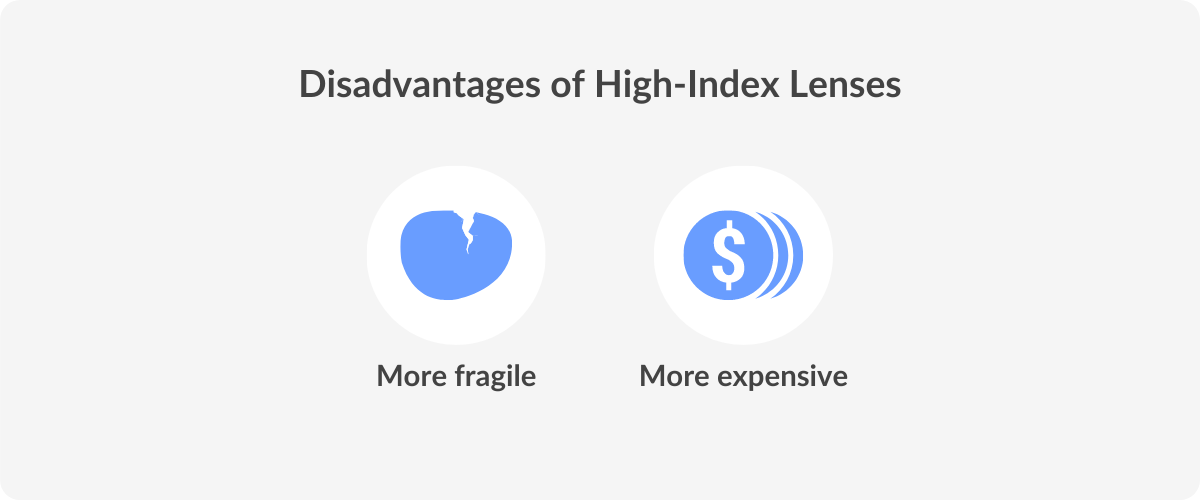
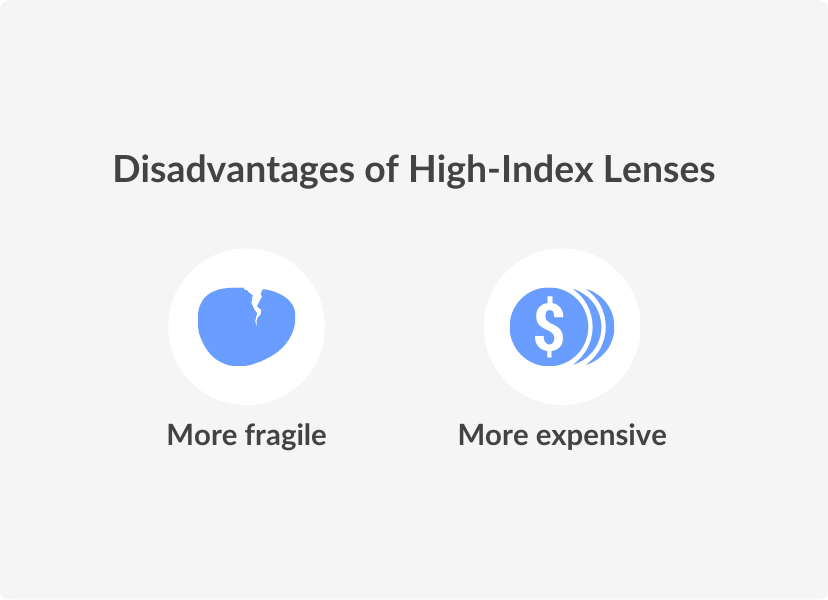
High-index lenses might be perfect if you want more comfort and a better appearance. Before deciding on your lens index, talk to your eye doctor or take advantage of our free online optician support service to see which lens is best for your eye prescription.





































